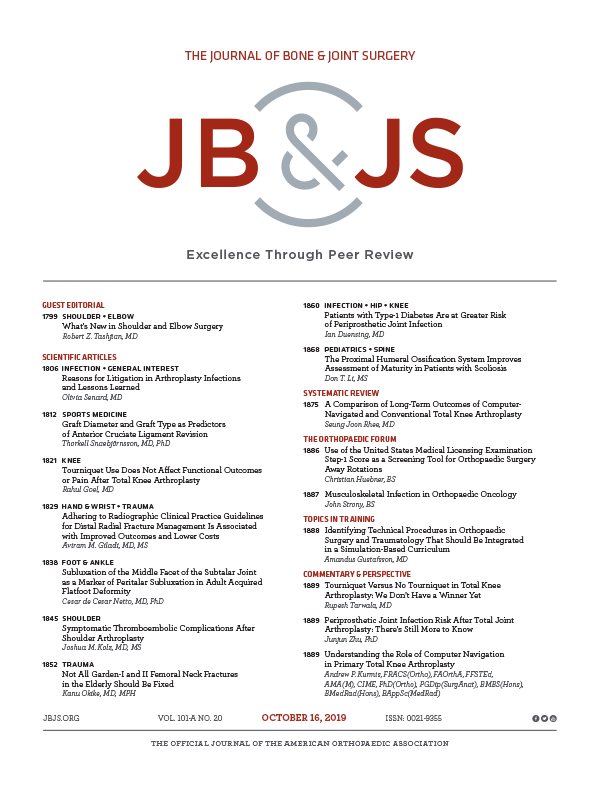
Self Administered Questionnaire for reduction of wait times for potential lumbar spinal surgery

Self Administered Questionnaire for reduction of wait times for potential lumbar spinal surgery
The Use of a Self-Administered Questionnaire to Reduce Consultation Wait Times for Potential Elective Lumbar Spinal Surgical Candidates: A Prospective, Pragmatic, Blinded, Randomized Controlled Quality Improvement Study.
J Bone Joint Surg Am. 2018 Dec 19;100(24):2125-2131.Synopsis
227 patients triaged for a lumbar condition were randomized to receive the standardized triage system (P1 Urgent, P2 Possibly Surgical, P3 Routine Non-urgent) with or without re-triage based on the responses of a 3-item questionnaire (3IQ) to identify leg-dominant symptoms. Responses in the 3IQ could be used upgrade their consultation priority status. Cases with an initial P1 designation upon refe...
To view the full content, login to your account,
or start your 30-day FREE Trial today.
FREE TRIAL
LOGIN
Forgot Password?
Explore some of our unlocked ACE Reports below!

Learn about our AI Driven
High Impact Search Feature
Our AI driven High Impact metric calculates the impact an article will have by considering both the publishing journal and the content of the article itself. Built using the latest advances in natural language processing, OE High Impact predicts an article’s future number of citations better than impact factor alone.
Continue



 LOGIN
LOGIN

Join the Conversation
Please Login or Join to leave comments.